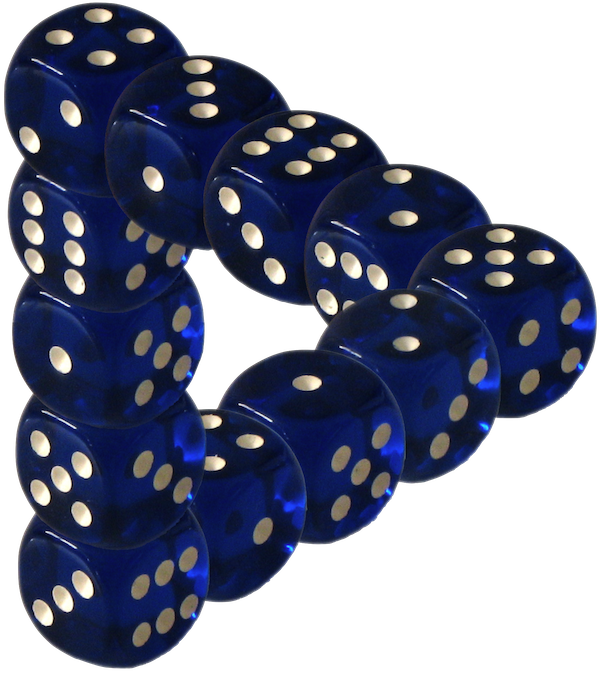Template:EvoLudoLab:EcoPGG
Along the bottom of the applet there are several buttons to control the execution and the speed of the simulations - for details see the EvoLudo GUI documentation. Of particular importance are the parameters button and the data views pop-up list along the top. The former opens a panel that allows to set and change various parameters concerning the game as well as the population structure, while the latter displays the simulation data in different ways.
| Color code: | Cooperators | Defectors |
|---|
| Payoff code: | Low High
|
|---|
{{{title}}}
{{{doc}}}
Data views | |
| Snapshot of the spatial arrangement of strategies. | |
| Time evolution of the strategy frequencies. | |
| Strategy frequencies plotted in the simplex | |
| Frequencies plotted in the phase plane spanned by the population density ( | |
| Snapshot of the spatial distribution of payoffs. | |
| Time evolution of average population payoff bounded by the minimum and maximum individual payoff. | |
| Snapshot of payoff distribution in population. |
Game parameters
The list below describes only the parameters related to the public goods game and the population dynamics. Follow the link for a complete list and descriptions of all other parameters such as spatial arrangements or update rules on the player and population level.
- Interest
- multiplication factor
- Cost
- cost of cooperation
- Lone cooperator's payoff
- payoff for a cooperator if no one else joins the public goods interaction.
- Lone defector's payoff
- payoff for a defector if no one else joins the public goods interaction.
- Base birthrate
- baseline reproductive rate of all individuals. The effective birthrate is affected by the individual's performance in the public goods game and additionally depends on the availability of empty space.
- Deathrate
- constant death rate of all individuals.
- Init Coop, init defect, init empty
- initial densities of cooperators, defectors and empty space. If they do not add up to 100%, the values will be scaled accordingly.
